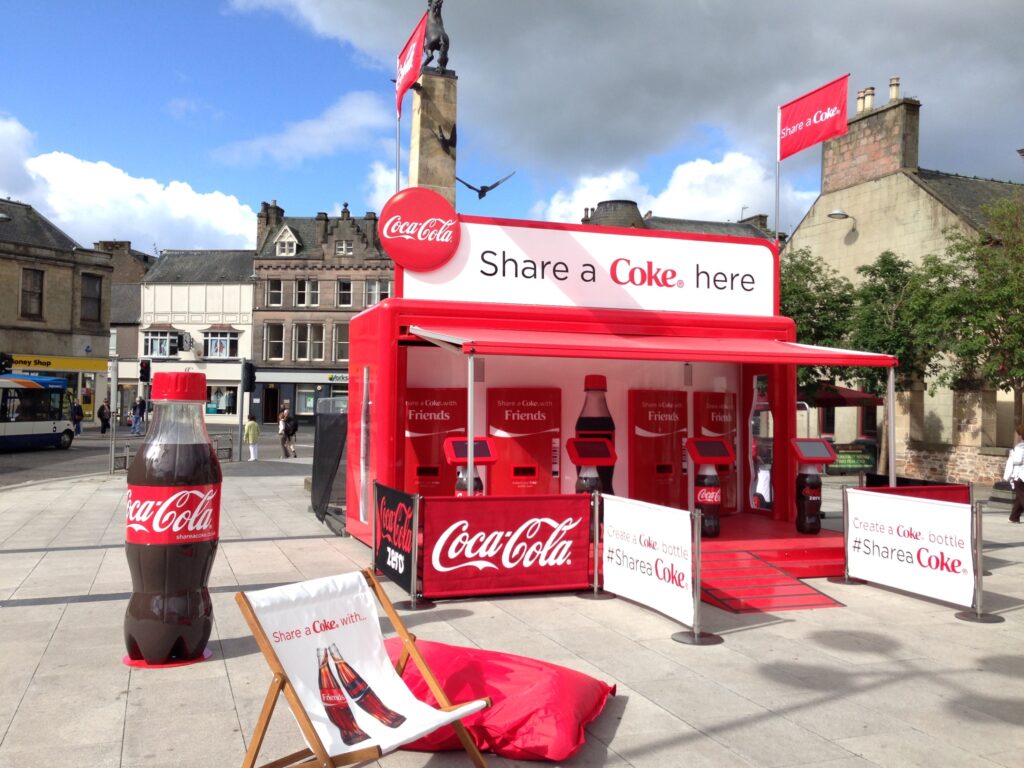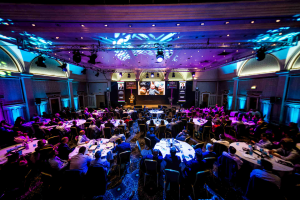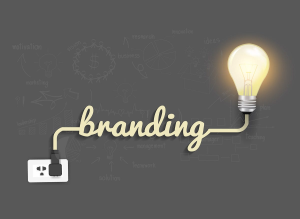Brand activation events are powerful tools for creating meaningful connections with your audience. Whether you’re launching a product, engaging customers, or strengthening brand loyalty, a well-executed brand activation event can leave a lasting impression. This guide covers strategic planning, creative engagement tactics, and performance tracking to ensure your event brand activations deliver maximum impact.
Understanding the Goals of Your Brand Activation
Before diving into logistics, define clear objectives for your brand activation event:
Common Goals for Brand Activations
✔ Brand Awareness – Introduce your brand to a new audience.
✔ Product Launch – Showcase a new offering with hands-on experiences.
✔ Customer Engagement – Foster deeper connections with existing customers.
✔ Lead Generation – Capture potential clients through interactive experiences.
Setting SMART Goals
- Specific: “Increase social media mentions by 30%.”
- Measurable: Track foot traffic, social engagement, and lead conversions.
- Achievable: Align with budget and resources.
- Relevant: Support broader marketing or sales objectives.
- Time-bound: Define success within the event timeframe.
Pro Tip: Work with event activation companies to align your goals with measurable KPIs.
Choosing the Right Type of Activation for Your Audience
Not all activations work for every audience. Consider these formats based on your target demographic:
1. Experiential Activations
- Best For: Consumer-facing brands (B2C).
- Examples: Pop-up shops, immersive VR experiences, tasting sessions.
2. Thought Leadership & Networking
- Best For: B2B and corporate audiences.
- Examples: Panel discussions, executive roundtables, corporate event brand activation workshops.
3. Gamified Engagements
- Best For: Younger demographics (Gen Z, Millennials).
- Examples: AR scavenger hunts, spin-the-wheel contests, leaderboard challenges.
4. CSR & Community-Driven
- Best For: Brands with strong sustainability or social missions.
- Examples: Charity drives, eco-friendly DIY stations.
Case Study: A tech company increased booth visits by 50% using a gamified AR treasure hunt at a trade show.
Planning the Logistics and On-Site Experience
1. Venue Selection
- High-traffic areas (malls, festivals, conferences).
- Ensure space accommodates your activation design.
2. Permits & Regulations
- Check local laws for noise, food service, or crowd control.
- Secure insurance for liability coverage.
3. Staffing & Training
- Hire brand ambassadors who embody your company’s values.
- Train teams on key messaging and engagement techniques.
4. Tech & Equipment
- Reliable Wi-Fi for digital interactions.
- Backup power sources for AV equipment.
Ment Ads Insight: Visit the venue beforehand to plan flow and troubleshoot potential issues.
Incorporating Creative and Memorable Engagement Tactics
1. Multi-Sensory Experiences
- Sight: Bold visuals, LED screens.
- Sound: Branded playlists or live music.
- Touch: Interactive product demos.
- Smell: Signature scents (e.g., coffee brands using fresh aromas).
2. Personalization
- Customized giveaways (engraved items, instant photo prints).
- AI-powered recommendations (e.g., “Which product suits you?” quizzes).
3. Social Media Integration
- Hashtag contests with real-time displays.
- Instagrammable backdrops with branded props.
4. Surprise & Delight
- Flash mobs or unexpected performances.
- “Golden ticket” hidden perks for select attendees.
Pro Tip: Short, impactful interactions (5-10 minutes) keep engagement high without bottlenecks.
Tracking Performance and Optimizing for Future Activations
1. Key Metrics to Measure
✔ Foot Traffic – Number of participants.
✔ Dwell Time – How long attendees stayed engaged.
✔ Social Reach – Shares, tags, and hashtag usage.
✔ Lead Conversion – Post-event sales or sign-ups.
2. Tools for Data Collection
- RFID badges for contactless check-ins.
- QR codes linking to post-event surveys.
- UTM-tagged links in digital promotions.
3. Post-Event Analysis
- Compare results against pre-set KPIs.
- Gather team and attendee feedback for improvements.
Optimization Tip: A/B test different activations at smaller events before scaling.
Final Thoughts
A successful brand activation event blends creativity, strategic planning, and measurable outcomes. By aligning goals with audience preferences, optimizing logistics, and leveraging data-driven insights, your event brand activations can achieve lasting impact.
Need expert execution? Partner with Ment Ads for end-to-end corporate event brand activation solutions!
FAQs
1. How much does a brand activation event cost?
Small activations: $10,000–$50,000 | Large-scale: $100,000–$500,000+.
2. How long should a brand activation last?
Single-day pop-ups to week-long campaigns, depending on goals.
3. Can virtual events include brand activations?
Yes! Try live demos, virtual reality tours, or digital workshops.




